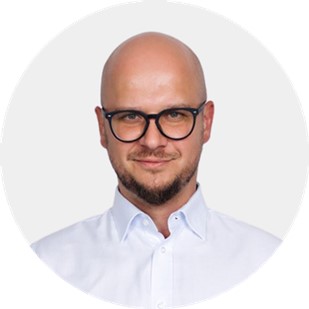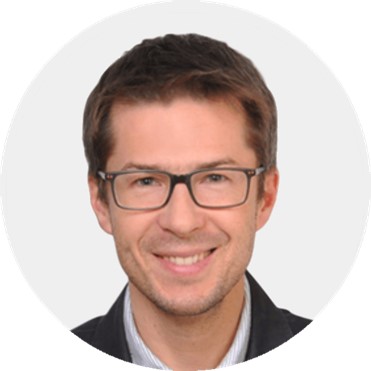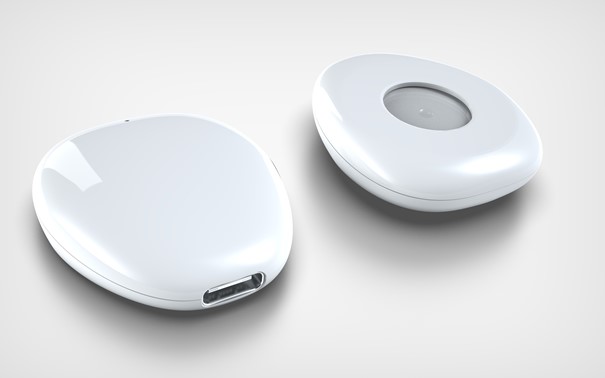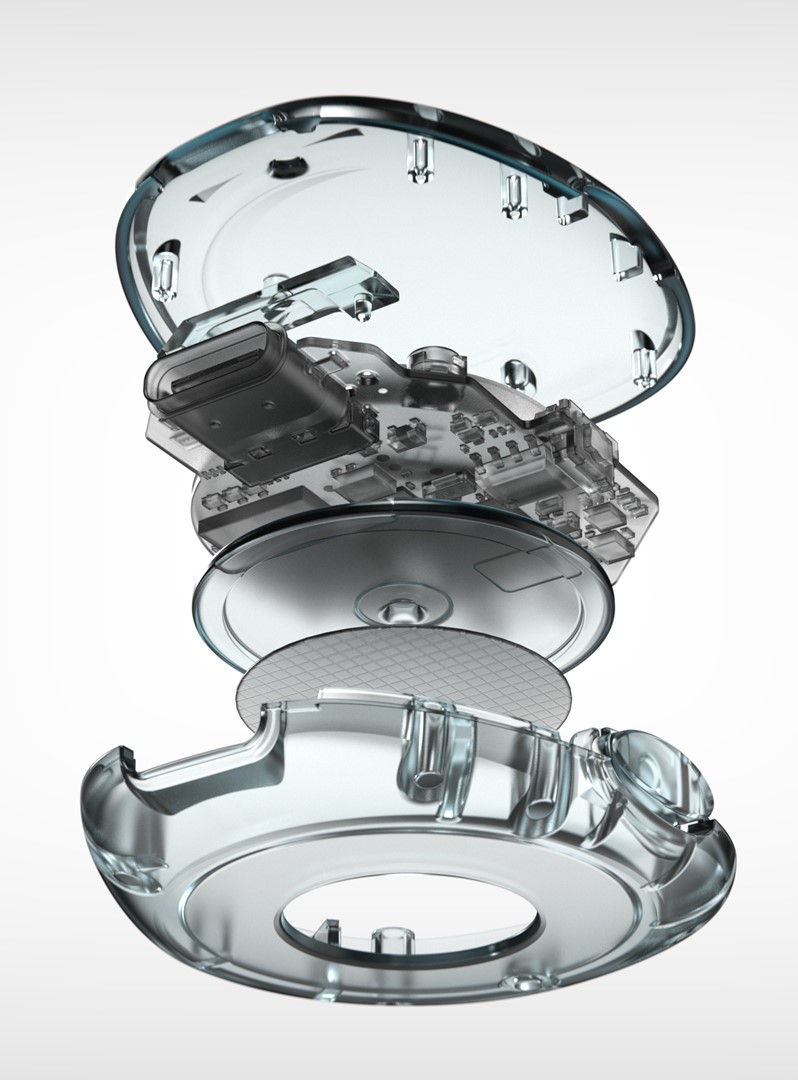Wireless sensor and telemedicine system for the diagnosis of breathing disorders during sleep

 Project title
Project title
Wireless sensor and telemedicine system for the diagnosis of breathing disorders during sleep
 Name of Beneficiary/Beneficiaries
Name of Beneficiary/Beneficiaries
CLEBRE SPÓŁKA AKCYJNA
 Name of programme
Name of programme
Smart Growth Operational Programme
 Competition
Competition
Fast Path
 Project value
Project value
PLN 5 217 864.99
 Funding value
Funding value
PLN 4 021 637.88
 Project delivery period
Project delivery period
until 02/09/2019 until 31/03/2023
Get to know our team
Maciej Migacz, President of the Management Board, founder
Wojciech Kukwa, MD, PhD, Otorhinolaryngologist, Manager of the Department of Otorhinolaryngology of the Medical University of Warsaw in the Czerniakowski Hospital at ul. Stępińska in Warsaw. Founder of Clebre, Vice-President of the Management Board
Have a look at the outcome of our work
Video
What problem does our project solve?
Breathing problems during sleep are common. In children, they lead to impaired normal physical and intellectual development. In adults, on the other hand, prolonged stress and hypoxia caused by apnoea can cause hypertension, diabetes, cardiac arrhythmias, as well as heart attacks and strokes.
The vast diversity of people suffering from breathing disorders during sleep, and the complexity of the problem, means that there is no single correct treatment pathway. Moreover, this treatment has to be long-term. And this is where the problem begins, as there are no good tools to continuously monitor the progress of treatment. Currently, the all-time 'gold standard' is polysomnography. Generally, they are large and uncomfortable instruments that are used in hospitals. There is an access to them, there is a question of logistics, because we have to go somewhere, sleep somewhere. This translates into a short follow-up time, which leads to a paradox - we are dealing with a chronic disease and the standard for follow-up is a relatively short, one-off measurement. For the purpose of changing the treatment of respiratory disorders, it is necessary to change the method of their follow-up. This is precisely the assumption we made in our work on the Clebre. Together with the support of NCRD, we developed a diagnostic system that makes a fundamental change in the treatment of breathing disorders possible. Using a sensor affixed to the neck, we collect data on how we breathe and how we behave when we sleep. Such observations extended over many nights allow us to build a complete, objective overview of the condition and monitor its changes. In this way, we help patients and physicians navigate treatment.
Who will benefit from the outcomes of the project?
The results of the project, the Clebre diagnostic system, will benefit both patients suffering from breathing disorders during sleep and the physicians who treat them. For specialists, the Clebre is first and foremost a change in the treatment process thanks to precise, long-term observation of the patient. For patients, it is about the convenience of being tested at home, being able to observe themselves and working on their lifestyle, which has a huge impact on the treatment of chronic diseases such as sleep apnoea.
The Clebre is not only a diagnostic system, but also improves communication between patients and physicians.
What was the most challenging aspect of the implementation of the project for us?
The time of implementation of the project came at a difficult time of the pandemic. Increased safety standards, limited access to medical establishments made it difficult to conduct research. The disruption of global electronics supply chains due to the pandemic was also experienced. An additional problem also proved to be the change in the certification process for medical devices introduced with the Medical Device Directive.



